How to Choose the Best Office Chair: A Comprehensive Guide
Selecting the best office chair is more than just about aesthetics—it’s about supporting your health, enhancing productivity, and creating a comfortable workspace. Whether you’re working from home or in an office, the right chair can make a world of difference. This guide will help you understand what makes a great office chair and how to choose the one that suits your needs best office chair.
Why a Good Office Chair Is Essential
A poor-quality office chair can cause significant discomfort, lead to posture issues, and even contribute to chronic pain. On the other hand, the right chair can enhance your comfort, improve your posture, and keep you focused throughout the day. Here are a few reasons why a good office chair is essential:
Prevents Health Issues: Reduces the risk of back pain, neck strain, and other musculoskeletal problems.
Increases Productivity: When you’re comfortable, you can work more efficiently without distractions from discomfort.
Durable Investment: A high-quality office chair will last longer, making it a wise investment in your overall well-being.
Key Features to Look for in the Best Office Chair
When shopping for an office chair, there are several key features to keep in mind to ensure comfort, support, and durability. Let’s explore the most important aspects:
1. Ergonomic Design
The most critical feature in an office chair is ergonomics. An ergonomic chair is specifically designed to provide optimal support and comfort, encouraging healthy posture. Key ergonomic features of best office chair :
Adjustable Height: Ensure your feet rest flat on the floor and your knees are at a 90-degree angle.
Lumbar Support: This feature supports your lower back and promotes a natural spine curve, preventing strain and discomfort.
Seat Depth and Width: The seat should be wide and deep enough to support your body without cutting off circulation to your legs.
Armrest Adjustability: Adjustable armrests allow you to position your arms naturally, reducing shoulder and arm strain.
Backrest Tilt: A backrest that tilts and locks into position enables you to adjust your seating position throughout the day.
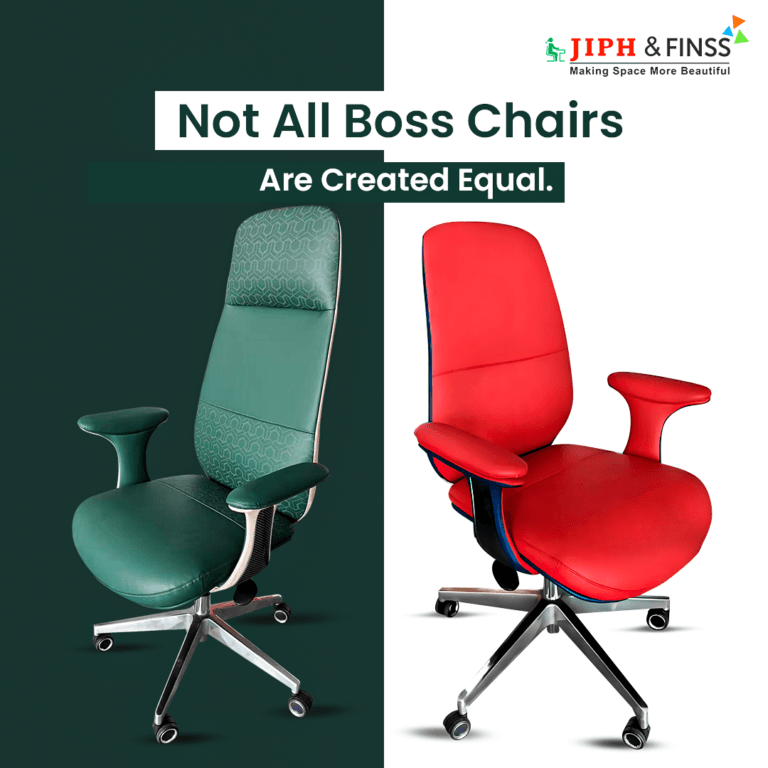
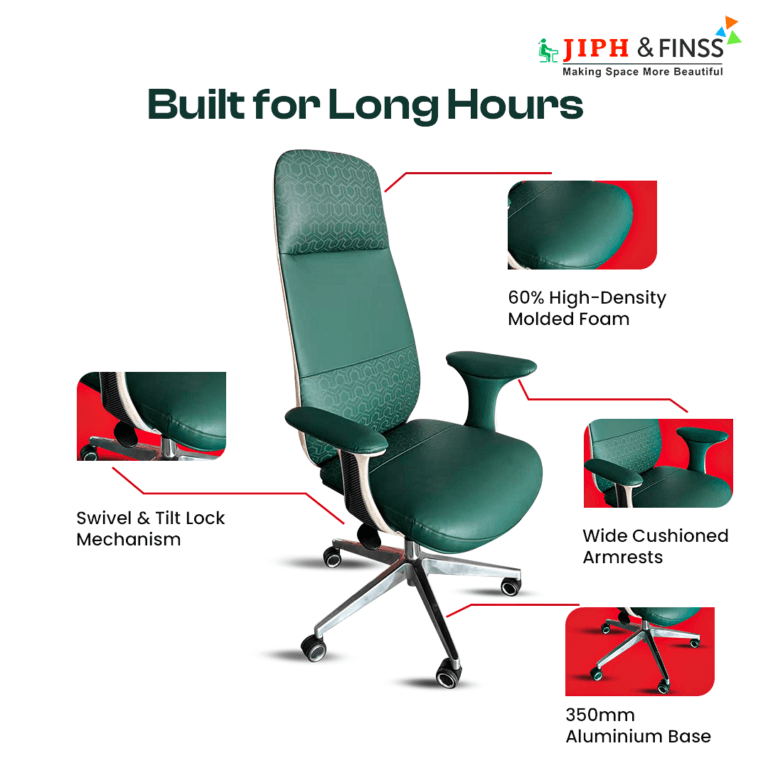
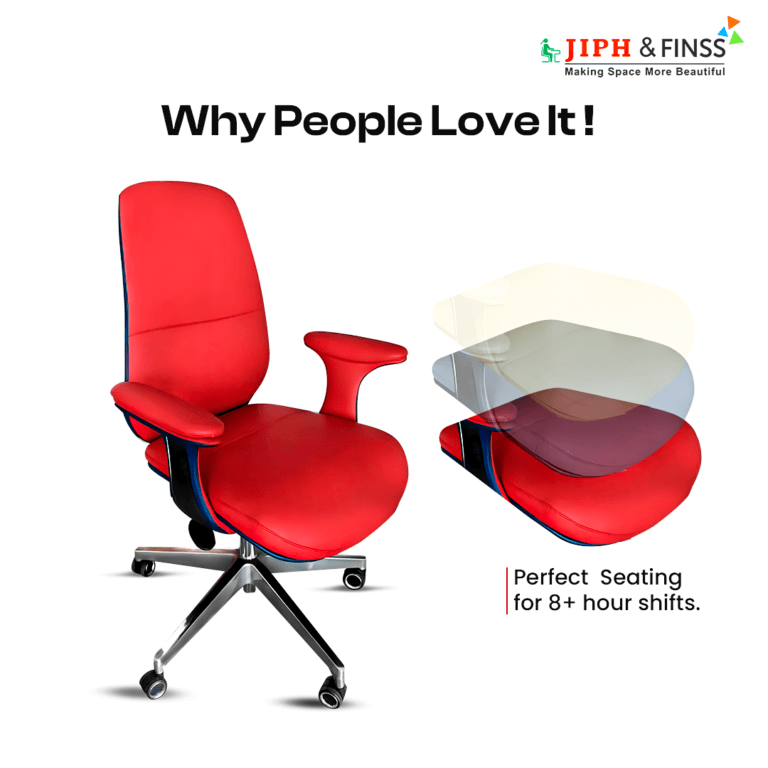
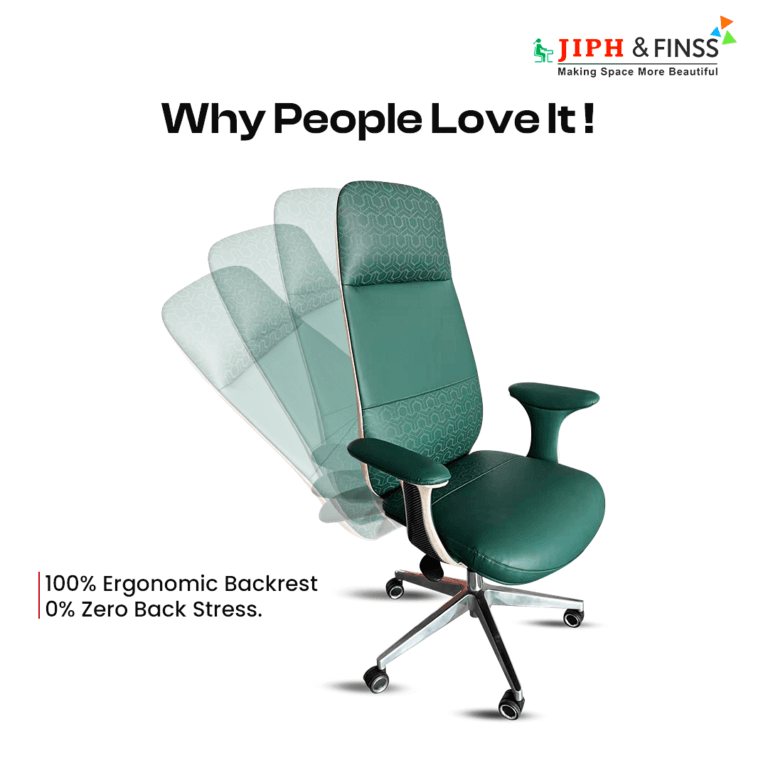
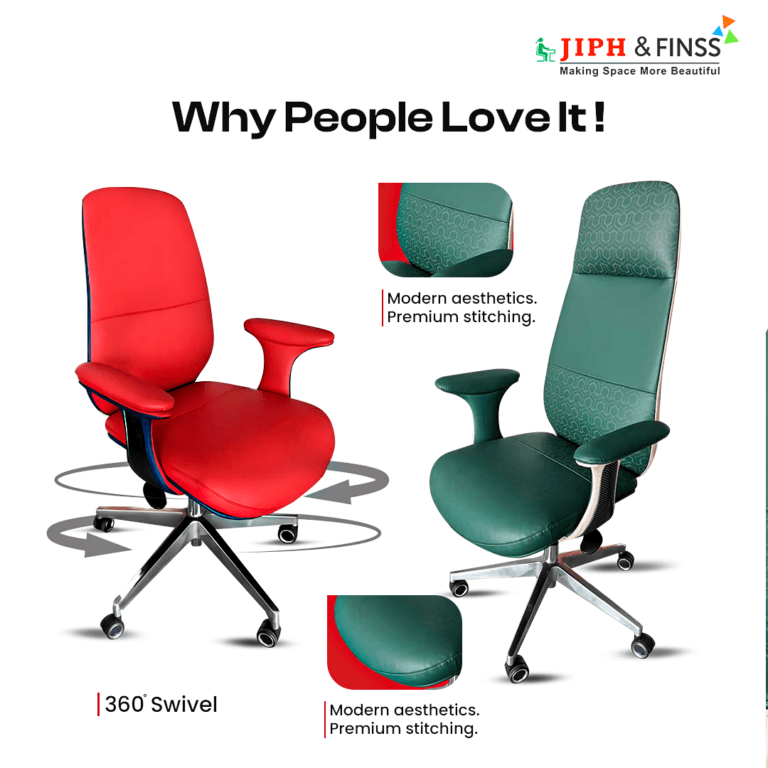

2. Material Quality
The material of the chair determines both its comfort and durability. Here are the most common types:
Mesh Chairs: Mesh offers breathability, making it ideal for long hours of sitting, especially in warmer environments.
Leather Chairs: Leather provides a professional appearance and a comfortable sitting experience but may not be as breathable as mesh.
Fabric Chairs: Fabric chairs are soft and comfortable but may require more maintenance to keep them clean.
3. Adjustability
A good office chair should offer a variety of adjustable features to tailor it to your specific needs:
Seat Height: Ensures that your feet are flat on the ground, which helps reduce pressure on your legs.
Backrest Angle: The ability to recline and adjust the angle of the backrest lets you change positions to prevent stiffness.
Armrests: Adjustable armrests help reduce shoulder and arm strain by supporting your arms at a comfortable height.
4. Mobility
An office chair with wheels makes it easier to move around your desk and reach various areas of your workspace without straining. A swivel chair is also a great feature for increasing mobility and flexibility.
5. Build Quality
A durable office chair will stand the test of time. Look for chairs made with strong materials such as steel frames and high-quality casters. Additionally, pay attention to the chair’s weight capacity and warranty to ensure it’s built to last.
Types of Office Chairs
There are several types of office chairs, each designed for different uses. Here’s a breakdown of the most common types of best office chair
1. Executive Chairs
Executive chairs are typically large, luxurious chairs that feature high backrests and leather upholstery. They’re ideal for those who want maximum comfort and a professional appearance. These chairs are well-suited for long hours of sitting.
2. Task Chairs
Task chairs are designed for people who spend shorter periods at their desks. These chairs are smaller and simpler but still offer essential features like adjustable height and a comfortable seat. They’re often more affordable than executive chairs.
3. Ergonomic Chairs
Ergonomic chairs are built for comfort and health. They feature advanced support for the spine, neck, and lower back, with adjustable elements to promote a healthy sitting posture. These chairs are perfect for individuals who spend long hours working at a desk.
4. Mesh Chairs
Mesh chairs are known for their breathability. The fabric allows air to circulate, which helps keep you cool and comfortable, especially during extended periods of sitting. These chairs are lightweight and usually come with adjustable features to ensure a good fit.
5. Kneeling Chairs
Kneeling chairs are a more unconventional option designed to encourage a more natural posture. These chairs promote an upright position by shifting some of your body’s weight to your knees, which can alleviate back pain. However, they may take some getting used to.
How to Choose the Best Office Chair for Your Needs
Now that you understand the important features of an office chair, here are some tips for choosing the best one:
Determine How Much Time You Spend Sitting:
If you spend long hours sitting, prioritize comfort and support.
For shorter periods, a more basic chair may suffice.
Consider Your Workspace:
If you have a small office or home workspace, a compact, functional chair may be best.
In a larger office, you may want a more robust chair with additional features like lumbar support and reclining options.
Set a Budget:
Chairs range from budget-friendly to premium. A more expensive chair may offer better features, but you can still find a comfortable, ergonomic chair at a lower price.
Test the Chair:
If possible, visit a showroom to try out different chairs. Make sure the chair is comfortable, adjustable, and fits your body properly.
Frequently Asked Questions (FAQ)
Q1: What is the best office chair for long hours?
A: An ergonomic chair with lumbar support, adjustable height, and a comfortable, breathable material like mesh is ideal for long hours of sitting.
Q2: Can I use an office chair at home?
A: Absolutely! You can use any office chair that meets your comfort and ergonomic needs. It’s important to choose a chair that will support you during extended work sessions.
Q3: How do I maintain my office chair?
A: Regularly clean your office chair with a vacuum or damp cloth. Check for any loose screws or bolts and lubricate moving parts as needed.
Q4: Are ergonomic chairs worth the investment?
A: Yes, ergonomic chairs are worth the investment. They help maintain good posture, reduce strain, and can prevent long-term health problems, which can improve overall productivity.
Q5: How do I adjust my office chair for proper posture?
A: Adjust the height so your feet are flat on the ground, and your knees are level with your hips. Ensure the backrest supports your lower back, and adjust the armrests to support your arms naturally. Dont touch



